Mung Bean Extract
#mung bean #anti-aging #anti-microbial
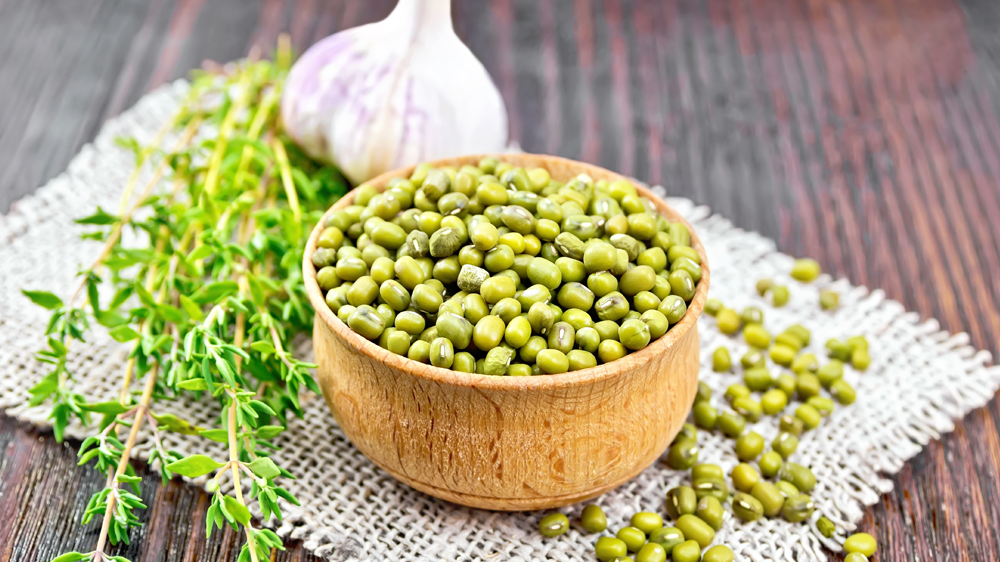
- INCI Name
- Phaseolus Radiatus Seed Extract
- IECIC Name
- PHASEOLUS RADIATUS SEED EXTRACT
- Efficacy
- Anti-microbial, Anti-aging, Anti-oxidant, Anti-inflammation, Anti-stress
- Certification
Phaseolus radiatus, also known as mung bean or green gram, is a plant native to India. It is short-season, summer-growing plant that is widely cultivated in most of Asian countries and commonly used in various cuisines. Mung bean has been consumed as a food in Asia for thousands of years, and is well-known for detoxification activities. The seeds and sprouts are widely used as a vegetable or common food as a good source of nutrients including carbohydrates, proteins, vitamins, and minerals. It is composed of more than 20% of protein. Mung bean also contains significant amounts of bioactive phytochemicals such as flavonoids, phenolic acids and saponins. It was reported that the nutritional value and the pharmacological activities were improved during the sprouting or germinating process by formation and accumulation of many active substances. Mung beans are known to have many beneficial effects including anti-oxidant, anti-microbial, anti-inflammatory, anti-diabetic, anti-hypertensive, and anti-tumor activities due to its biological compounds.
- Recommended Product
-
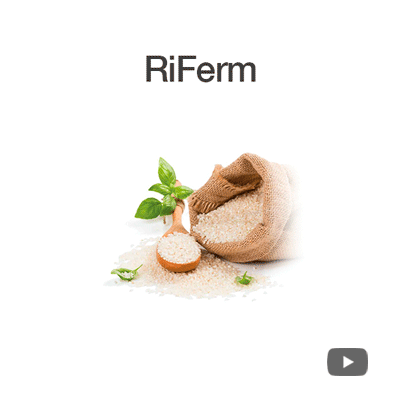 #rice #skin hydration #skin firming RiFerm
#rice #skin hydration #skin firming RiFermSaccharomyces/Rice Ferment Filtrate
-
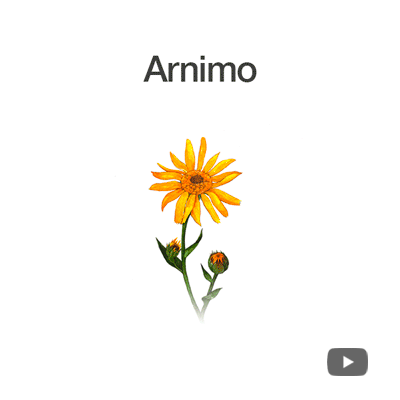 #arnica #anti-dandruff #anti-shedding #deodorizing Arnimo
#arnica #anti-dandruff #anti-shedding #deodorizing ArnimoArnica Montana Flower Extract
-
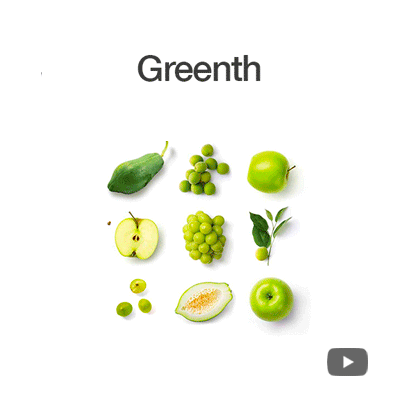 #4 green fruits #skin exfoliation #skin barrier Greenth
#4 green fruits #skin exfoliation #skin barrier GreenthCarica Papaya (Papaya) Fruit Extract, Pyrus Malus (Apple) Fruit Extract, Prunus Mume Fruit Extract, Vitis Vinifera (Grape) Fruit Extract
-
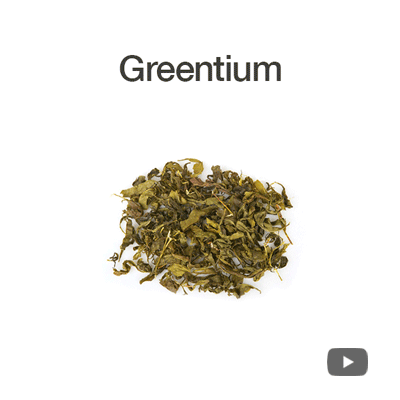 #green tea #well-aging #anti-aging Greentium
#green tea #well-aging #anti-aging GreentiumAspergillus/Camellia Sinensis Leaf Ferment Extract
- Product Inquiry









